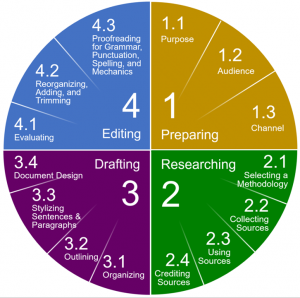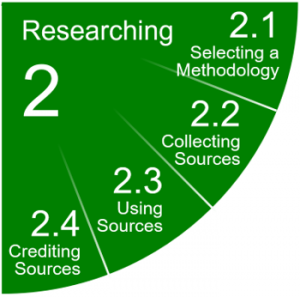Chapter 3: The Writing Process 2 — Researching
Overview
Once you’ve identified your purpose for writing, profiled your audience, and selected the appropriate channel, next you must gather the information that your audience needs. From the shortest informative email to the sprawling analytical report, most professional messages involve relaying information that was looked up—that is, they involve research. Employers value employees who are resourceful, whose research skills go well beyond Google-searching on the internet and focusing on the top few results, like anyone can do. Whether such in-demand employees get the needed information from a print book in a library, a manual from a database on a company intranet, an article from a subscription database on the internet, or simply by asking a reputable authority such as a veteran co-worker, they prove their value by knowing where to find valuable information, how to use it appropriately, and how to document it if necessary.


Figure P3.1: The four-stage writing process and Stage 2 breakdown

